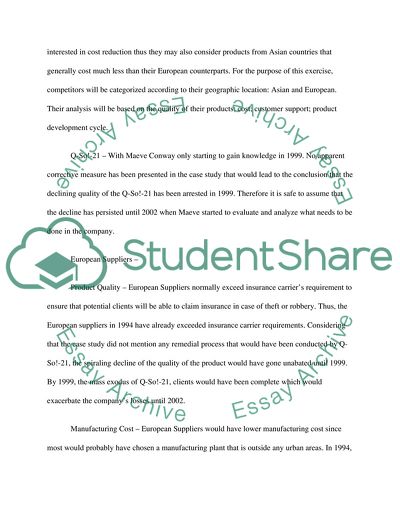Cite this document
(Competitor and Market Analysis Case Study Example | Topics and Well Written Essays - 2000 words, n.d.)
Competitor and Market Analysis Case Study Example | Topics and Well Written Essays - 2000 words. Retrieved from https://studentshare.org/marketing/1748247-conduct-an-environmental-competitor-and-market-analysis-using-the-case-information-provided-and-any-models-that-you-see-fit
Competitor and Market Analysis Case Study Example | Topics and Well Written Essays - 2000 words. Retrieved from https://studentshare.org/marketing/1748247-conduct-an-environmental-competitor-and-market-analysis-using-the-case-information-provided-and-any-models-that-you-see-fit
(Competitor and Market Analysis Case Study Example | Topics and Well Written Essays - 2000 Words)
Competitor and Market Analysis Case Study Example | Topics and Well Written Essays - 2000 Words. https://studentshare.org/marketing/1748247-conduct-an-environmental-competitor-and-market-analysis-using-the-case-information-provided-and-any-models-that-you-see-fit.
Competitor and Market Analysis Case Study Example | Topics and Well Written Essays - 2000 Words. https://studentshare.org/marketing/1748247-conduct-an-environmental-competitor-and-market-analysis-using-the-case-information-provided-and-any-models-that-you-see-fit.
“Competitor and Market Analysis Case Study Example | Topics and Well Written Essays - 2000 Words”. https://studentshare.org/marketing/1748247-conduct-an-environmental-competitor-and-market-analysis-using-the-case-information-provided-and-any-models-that-you-see-fit.


